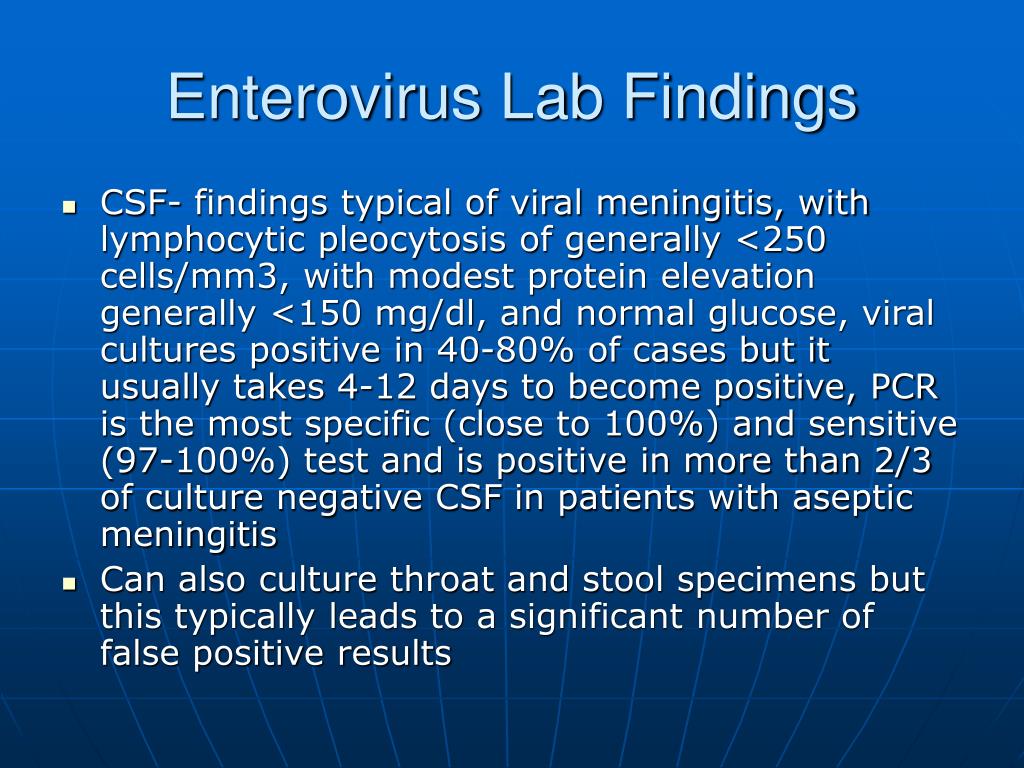

However, polymerase chain reaction is much faster and more sensitive in some circumstances. Culture is the gold standard for determining the causative organism in meningitis. White blood cell differential may be misleading early in the course of meningitis, because more than 10 percent of cases with bacterial infection will have an initial lymphocytic predominance and viral meningitis may initially be dominated by neutrophils. Diagnostic uncertainty can be decreased by using accepted corrective formulas. Red blood cells in CSF caused by a traumatic tap or a subarachnoid hemorrhage artificially increase the white blood cell count and protein level, thereby confounding the diagnosis. The three-tube method, commonly used to rule out a central nervous system hemorrhage after a “traumatic tap,” is not completely reliable. The presence of blood can be a reliable predictor of subarachnoid hemorrhage but takes several hours to develop. Xanthochromia is most often caused by the presence of blood, but several other conditions should be considered.

Protein level, opening pressure, and CSF-to-serum glucose ratio vary with age. Proper evaluation of CSF depends on knowing which tests to order, normal ranges for the patient's age, and the test's limitations. Properly interpreted tests can make cerebrospinal fluid (CSF) a key tool in the diagnosis of a variety of diseases. Lumbar puncture is frequently performed in primary care.


 0 kommentar(er)
0 kommentar(er)
